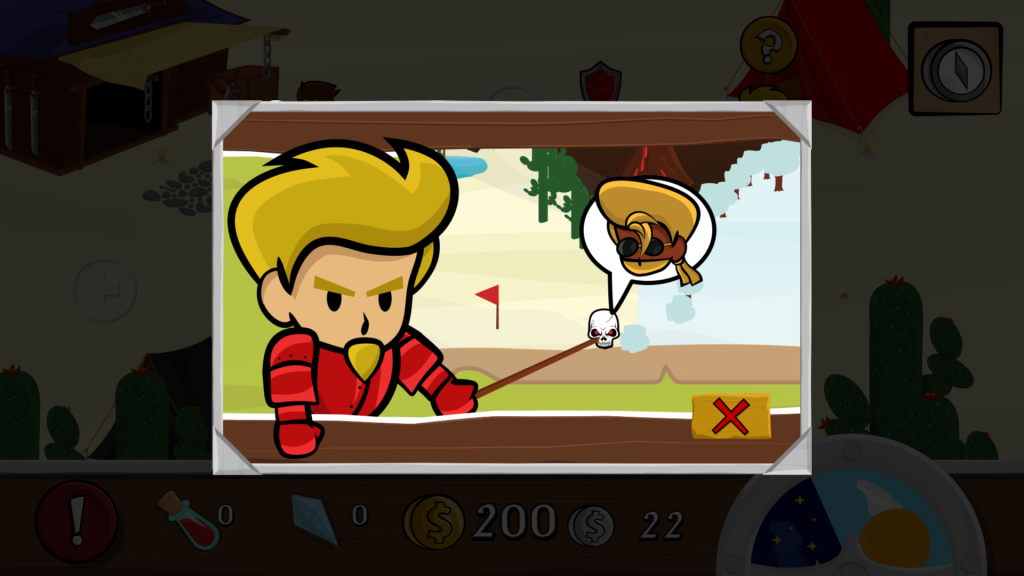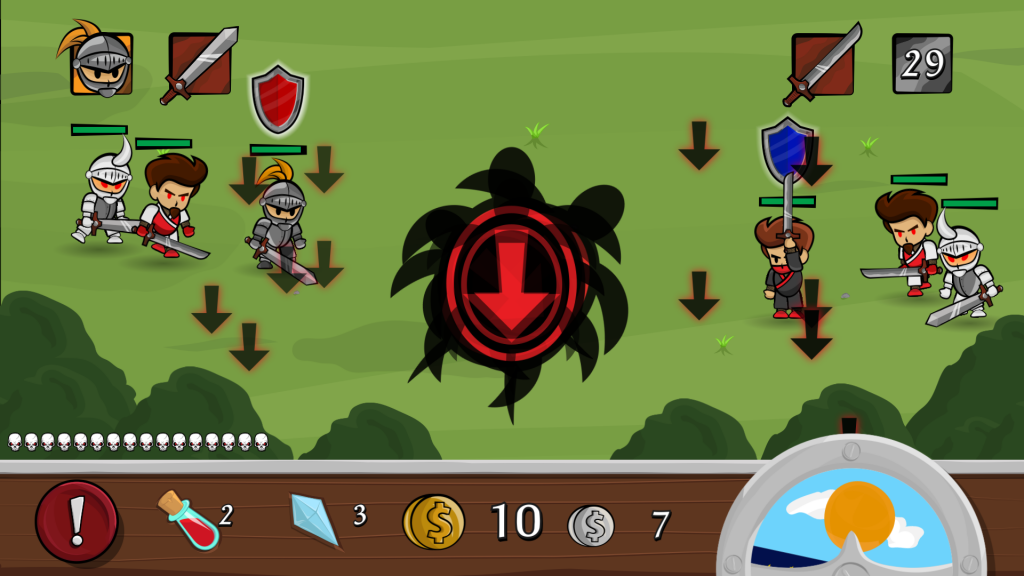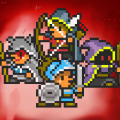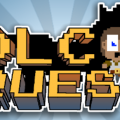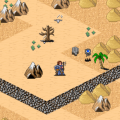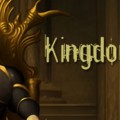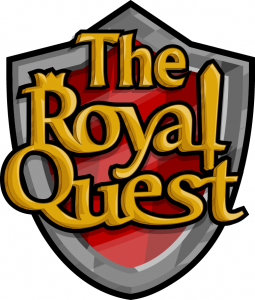 I’m always a bit wary when going into a game blind as to what it’s all about. So it was surprising when – armed with just a few details – I had an optimistic outlook while grabbing The Royal Quest from the App Store on my iPad. It looked like a fun action game with some minor RPG elements and a visual style reminiscent of Castle Crashers. Unfortunately it was those expectations (and the app) that crashed when loading it up.
I’m always a bit wary when going into a game blind as to what it’s all about. So it was surprising when – armed with just a few details – I had an optimistic outlook while grabbing The Royal Quest from the App Store on my iPad. It looked like a fun action game with some minor RPG elements and a visual style reminiscent of Castle Crashers. Unfortunately it was those expectations (and the app) that crashed when loading it up.
Mayhem and murder are the scene at the outset of The Royal Quest. The cutscene at the startup depicts a village being sacked by marauders while two warriors – a knight and a ninja – manage to escape. It’s this unlikely pair that the player will lead around in a quest for revenge or justice or perhaps something else. That’s pretty much the sum total of the story presented, and it’s up to the player to piece together the rest.
The journey will take our characters from village to village and through a handful of different environments. ‘Talking’ to some of the villagers will present clues about where the next boss can be found. It’s not as simple as traveling from point A to point B, though. Access to some areas is blocked by locked gates and obtaining the keys can be a multi-stage process. Keys found in treasure chests can be traded to a villager for another key (or possibly an item) which might need to be traded again or used to unlock the new area. Although simple and far from original in a world full of Metroidvania titles, I actually enjoyed the mechanic for its ability to drive the desire to explore and discover new areas.
Newly-encountered enemies – they respawn when the player returns to an area – will automatically initiate a battle using a system that is both promising and full of flaws. Each battle instance works in a wave structure with four enemies running on-screen at once. The player can and should take control of both of his/her characters, alternating between the two by tapping on them. This alone can be frustrating when trying to switch and one sprite is layered on top of the other.
Each of the characters has three different attacks including a standard attack – activated by simply tapping on an enemy – and two character-based powers. Of those two powers, one is a strong attack and the other a special ability that can affect multiple enemies. The non-standard attacks have a refresh timer before they can be used again, but crystals can be used to make them available again. Health vials found or purchased during exploration can be used to restore some health. The balance of deciding whether to use or hold back on using the special abilities is enjoyable and the highlight of the combat, at least for awhile.
Unfortunately, the battles become redundant with little variance in the enemies other than increased strength and a palette swap, at least until later in the game. The biggest problem is that there is a difficulty scaling issue in that the player must repeatedly grind through battling the same weaker enemies before the stronger ones can be taken down. The world just isn’t large enough or interesting enough to justify traversing the same screens and fighting the same enemies over and over again.
The user interface of the game is another area that I found frustrating. The Royal Quest tries to rely on the player’s ability to suss out what’s going on, and in some cases that works… eventually. As mentioned before, pictographs are presented by some of the villagers that give clues about how to perform certain actions or where to go to find bosses or keys. That’s straightforward, works well, and I completely understand why the developers are touting the icon-based language as a means to allow players of all languages to jump in. However, there are some aspects of the UI that really require an explanation. The rewards screen presented after each battle has a mix of obvious (coins) and obscure (clock, trophy, plus sign) symbols. When trying to purchase a new weapon in a store, it isn’t clear what any of the numbers or symbols on the items mean and they’re too expensive to try them out. On the characters, there’s only a health bar and no sense of the characters’ stats or how close they are to leveling. The lack of a true menu system is also a strange design choice. Does any of this keep players from being able to play the game? No, but it does keep them from playing it well and without frustration.
Even being a reviewer, I never enjoy bashing a game, particularly one that holds some promise. However, my issues with The Royal Quest are more severe than some simple flaw. Repeatedly fighting app crashes both during start-up and in mid-battle is frustrating. It would be forgivable if the game I was fighting with didn’t have so many other problems. The disappointment really stems from the fact that most of these issues – particularly in the UI department – have simple fixes that could elevate the game to a recommendable status. The game has seen multiple patches released, so I can only hope that future updates will fix some of these flaws. Stick to the free version for now.
Overall Rating: 




This game was reviewed using the iPad version (1.14). The game is also coming soon for Android and Windows Phone devices.
© 2013, The Indie Mine. All rights reserved.

